Charmed by bangles
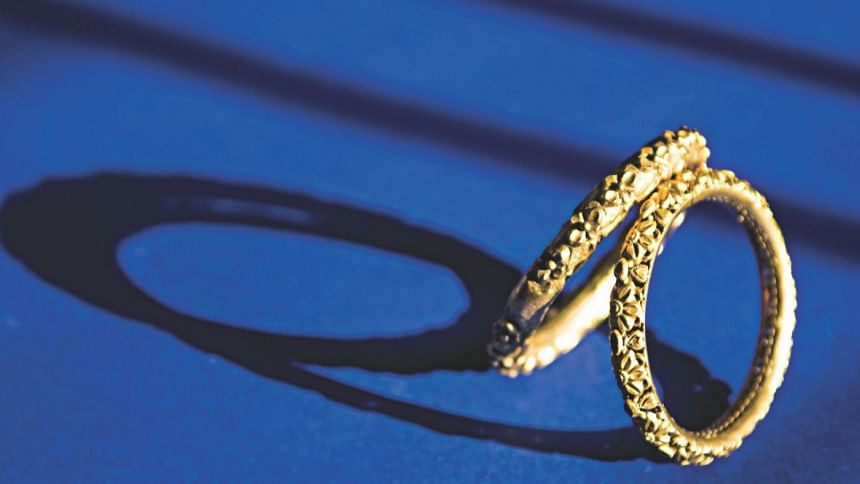
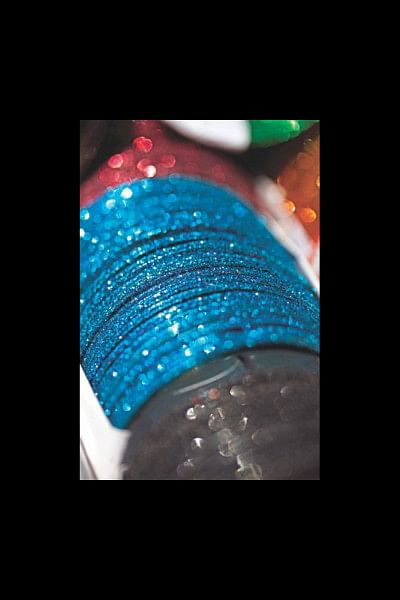
She inherited her love for bangles from her mother and aunts. Growing up she saw them wear bangles with almost everything. And their collection always seemed to mesmerise her, rows and rows of bangles decorated her mother's dressing table. The colours themselves would charm her more than anything.
However, she doesn't limit herself to only glass bangles, but rather, embraces everything with an equal fervour. It all comes down to the occasion and her mood. Most days when she was just going out and about, wearing a regular kameez, a simple plastic bangle wrapped with fabric adds an extra touch to her look for the day. And on days when she feels a little adventurous, she opts for oxidised or more contemporary ones perfectly paired with her western wear. If the traditional look exudes a part of her own history of growing up and culture, the western part mirrors the woman she is slowly morphing into. The best of two worlds entwine on her wrists every day.
Nowadays, silver bangles, rather all silver jewellery, is the rage and accessorising her wrist with them always ensures that at least one person will say, 'oh, you look so nice.' She herself feels a bit more special whenever she has them on… after all, what Bangladeshi belle is ever complete without her bangles? Her hair and dupatta blowing in the air and all that fun stuff.
When it comes to weddings, nothing beats the must-have classic golden. Her mother would be embarrassed of her otherwise. Dressed in a sari, hair up in an elegant bun and perfectly applied makeup, Raquiba knows she looks amazing. Sometimes her golden bangles are thin, glittering, countless in number on both forearms, and other times, it's just a pair of her mothers' "churs" or "golap balas." So, she tries to further please her admirers by wearing just that, even though the admirers mainly consist of her parents.
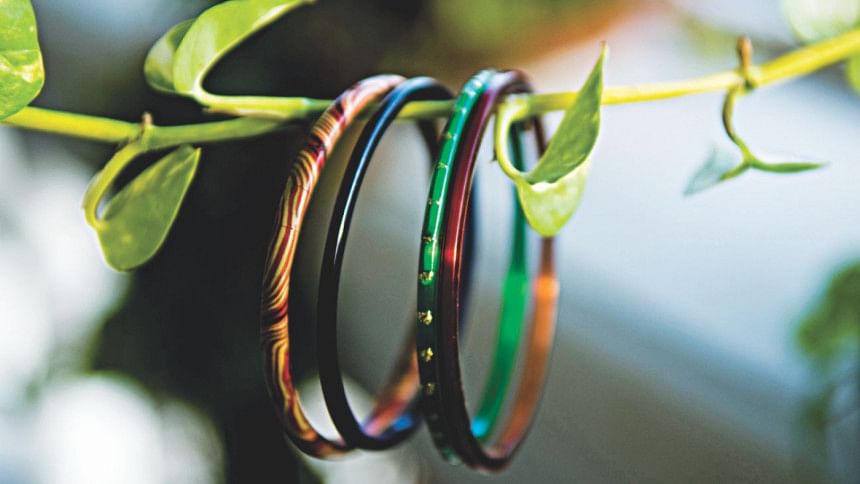
The history of bangles will make you fall in love with them, like the scores of other belles of the sub-continent. One of the earliest figurines found here, a statute of a girl from 5,000 years ago, in the Mohenjo-daro civilisation, decorated in bangles—the 'Dancing Girl' bare of clothes except the wrists full of bangles. That was one of the earliest representations of accessories.
Bangles have also been a very significant part of the Indian culture and tradition, which has followed a straight route to Bangladesh. Most married women decorate their hands with gold bangles, not only on their weddings, but everyday hence onwards. It is believed to be a sign of being married.
This age-old custom followed by millions in India, Pakistan, Bangladesh, Nepal and Sri Lanka has been capitalised by many businesses. They have created a variety of designs using glass, plastic and metal bangles to match everyone's preferences, all the while creating a large market where the want will grow every season.
Raquiba, like many other Bangladeshi girls, will be a forever fan of bangles, her love for those beginning when she first got her first pair on her birthday.
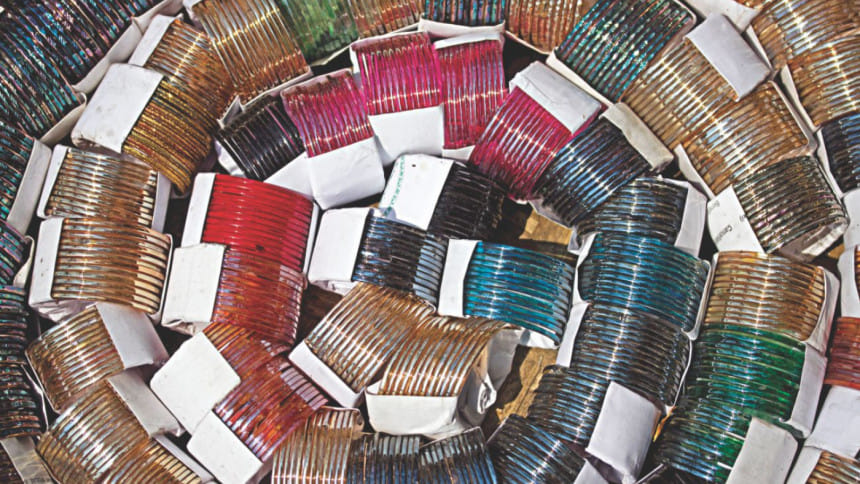
Photo: LS Archive/Sazzad Ibne Sayed

 For all latest news, follow The Daily Star's Google News channel.
For all latest news, follow The Daily Star's Google News channel. 


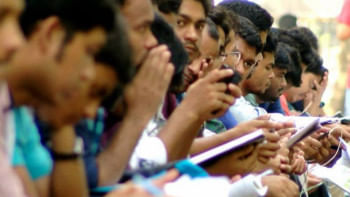
Comments